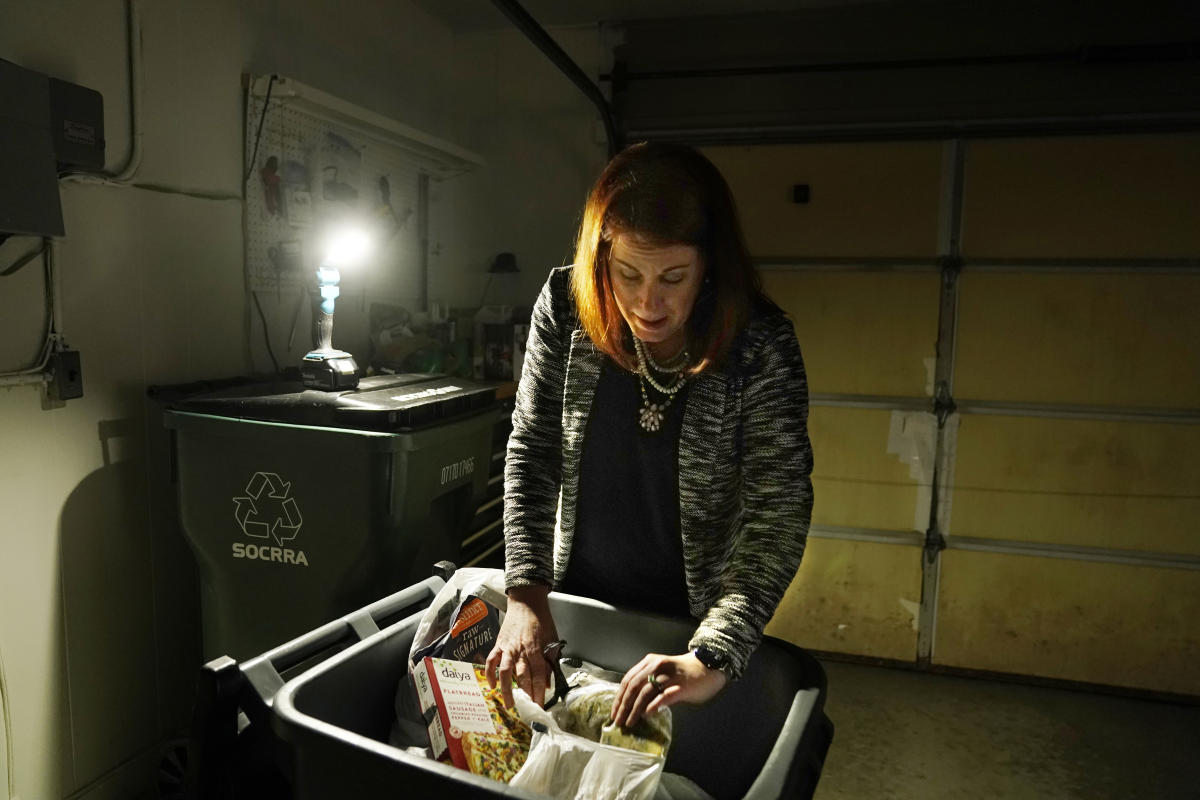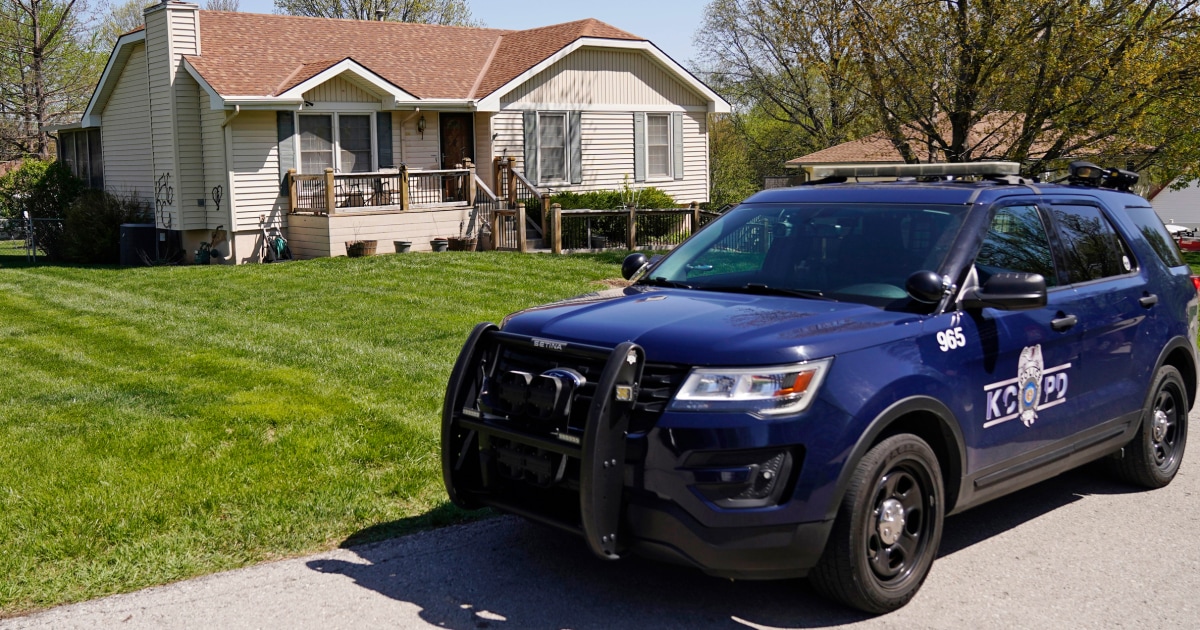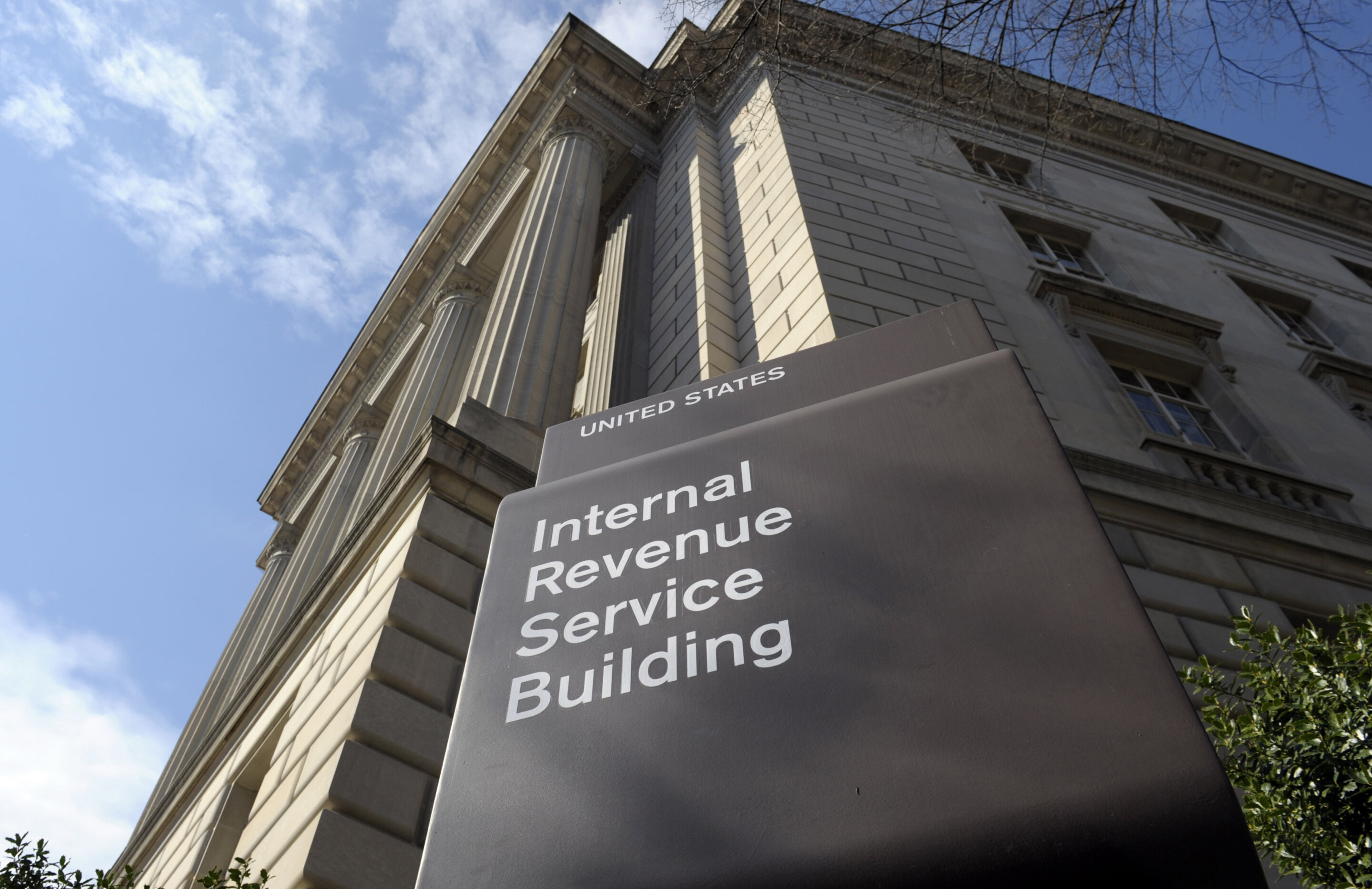#: Why Botox and other cosmetic injections may be resilient against economic uncertainty

Table of Contents
“: Why Botox and other cosmetic injections may be resilient against economic uncertainty”
AbbVie, which sells Botox and Juvederm fillers, said demand softened over the last six months of 2022, but revenue still rose 17% last year.
Many of the people in the U.S. who pay hundreds of dollars every few months to get Botox plan to keep spending money on cosmetic injections despite the economic downturn.
Botox’s not exactly recession-proof. AbbVie
ABBV,
which sells Botox and Juvederm fillers, said demand softened over the last six months of 2022, even while reporting double-digit revenue growth last year.
There were about 3.6 million instances of someone getting a botulinum toxin injection for cosmetic purposes in 2021, a 40% jump over 2020, according to the American Society for Aesthetic Plastic Surgery. Customers, who are primarily women, pay $450 on average for each shot in cash.
Even with the threat of a recession, ongoing layoffs in the tech and media sectors, and months of record inflation, there is little expectation that bottles of Botox, Xeomin, or Dysport are about to gather dust. These products have a kind of staying power that’s more akin to a spending-habit staple than a discretionary purchase for many of their users.
“It becomes psychologically addictive in the sense that you become used to seeing your face in a very different way,” said Dana Berkowitz, an associate professor of sociology and women’s, gender, and sexuality studies at Louisiana State University and the author of Botox Nation: Changing the Face of America. “It’s also projected as this investment in yourself, like a gym membership or graduate school.”
A history of economic downturns
Botox was first approved by the Food and Drug Administration for cosmetic use in 2002. Over the last 20 years, it’s become a cultural catchall for any type of injection. AbbVie’s cosmetic Botox business generated $2.6 billion in sales in 2022—a 17% jump over 2021—even as executives warned investors about a slowdown in aesthetic procedures that started in the second quarter of last year. A series of competitors have since come to market, most recently Daxxify, a longer-lasting toxin developed by Revance Therapeutics
RVNC,
that received FDA approval in September, and Evolus’
EOLS,
Jeuveau in 2019.
Sales of Botox tumbled during the decade-ago recession but came roaring back by 2010 or so, according to Olivier Leclerc, a senior partner at McKinsey & Co. The consulting firm late last year surveyed 1,500 adults in the U.S. about whether they would change their spending on medical aesthetics if a recession occurs. About 80% of the respondents earn between $25,000 and $200,000 a year. What McKinsey found was a certain “stickiness,” as Leclerc put it: 60% said of those surveyed they would cut back on spending by about 10%. The survey also found that 48% of consumers said they would keep using the same brand, 30% would switch to a lower-cost brand, and 16% would try a less durable option like lasers. Only 6% said they would stop using medical aesthetics altogether.
“It’s actually hard for anybody to say suddenly, ‘OK, I’m going to stop using and look older over the next few months,’” Leclerc said. “There’s an element of that, which is probably at the heart of the resilience.”
A different cultural landscape
There’s also been a cultural shift. A decade ago, most people went to a dermatologist or a plastic surgeon for Botox. Today, cities like New York and Los Angeles are full of medical spas advertising Botox price-per-unit and venture-backed Botox bars like Peachy Studios. Even your dentist may be able to (temporarily) fix your 11’s—those persistent wrinkles between your eyebrows—alongside a teeth cleaning.
At the same time, Instagram’s evolution from a social network for sharing filtered photos from a fun weekend into an ad-heavy platform filled with celebrities and influencers sharing details about their own aesthetic choices is another factor in normalizing medical aesthetics, as is TikTok and the “Zoom Boom,” which had some people running for cosmetic fixes as soon the economy started to reopen. (The pandemic also presented an opportunity for people to test out Botox while working at home, AbbVie’s Strom noted.)
Ten years ago, the typical consumer was in their early 50s. Today, it’s more likely they are in their early 40s, and the overall consumer mix is broader. More millennials and Gen Zers are using toxin injections than they have in the past, and there has been a push within AbbVie to promote utilization among men (“Brotox”) and nonbinary people.
Berkowitz recently interviewed women in their 20s who use Botox and dermal fillers. “I was really struck by their comfort with injectables and with the idea that the face you’re born with is not the face you have to have,” she said. “Every single one of them said, ‘I blame Instagram. I blame Kim Kardashian.’ Like verbatim.”
This “normalization of Botox and fillers—injectables in general—is definitely one of the reasons we don’t see these numbers go down in terms of an economic downturn,” she added.
A new lipstick index?
Every time there’s an economic downturn, you see headlines about the lipstick index, an economic idea that suggests women continue to spend money or increase spending on small cosmetic items like lipstick rather than higher-priced items. The term was reportedly coined by Leonard Lauder, now the chair emeritus of the Estée Lauder
EL,
around the downturn in the early 2000s, though it’s unclear whether the idea still applies.
AbbVie recently told investors that consumers are pulling back on higher-priced, one-time procedures like body contouring and fillers. Sales of Juvederm tumbled 25.4% in the final three months of 2022. But Botox sales rolled in 2.6% higher during the same quarter.
So, are wrinkle-reducing injections a more modern form of the lipstick index amid what’s been referred to as a “richcession?”
Ekaterina Netchaeva, an assistant professor of management and human resources at the business school HEC Paris, who has published research about the lipstick effect, says no. “Part of the reason women turn to makeup during poor economic conditions has to do with how relatively inexpensive these cosmetic products are,” she said in an email. “They are something women can afford—even during the recession—which can them help them look more professional to secure better jobs.”
By
Jaimy Lee
If you liked the article, do not forget to share it with your friends. Follow us on Google News too, click on the star and choose us from your favorites.
For forums sites go to Forum.BuradaBiliyorum.Com
If you want to read more News articles, you can visit our News category.



